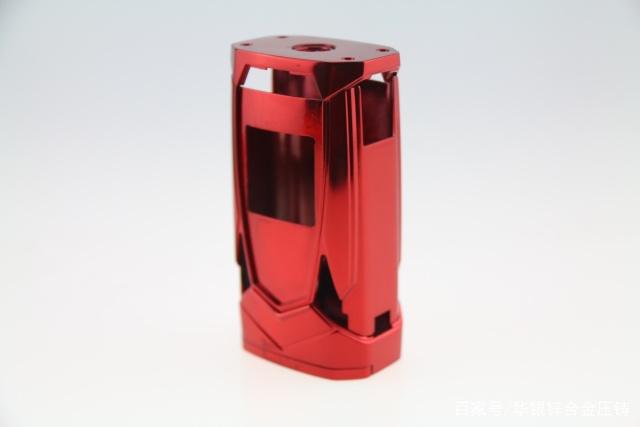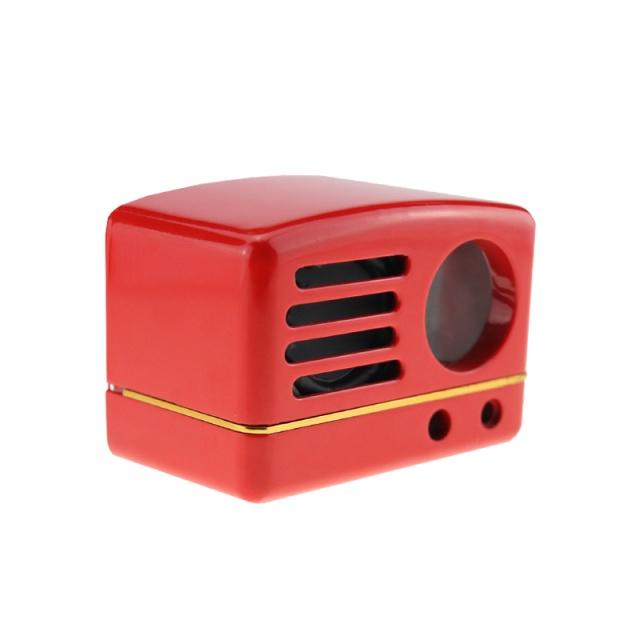Die casting parts plating
As the chemical stability of zinc alloy is poor and easy to crack, the important grade surface is generally not used, so copper / nickel / chromium multi-layer anticorrosive decorative coating is required. The following characteristics of zinc alloy die casting will be paid more attention to when the zinc alloy die casting is electro galvanized, and appropriate measures will be taken:
1. The surface of die casting is a dense surface layer, about 0.05mm-0.1mm. Below the surface is a porous structure. Therefore, when polishing and polishing, do not throw all the surface layer to expose the loose bottom layer, otherwise electroplating is very difficult, and the corrosion resistance of the product will be reduced.

2. In the process of die-casting, the die-casting is from molten state to solid state. Because of the different freezing point during cooling, segregation often occurs on the surface of die casting. Therefore, during pretreatment, do not use strong alkali and acid to remove oil and etch, otherwise it is easy to cause peeling and bubbles.
3. The shape of zinc alloy die casting is generally complex, so the solution with good dispersing and covering ability should be used in electroplating. In order to prevent the replacement of positive potential metal by zinc in the concave or masking place, so that the bonding force is not good, the plating solution with good dispersing and covering ability should be selected.
4. Bright coating shall be used for the coating to avoid polishing process or reduce polishing workload. On the one hand, because of the complex shape, it is not easy to polish, on the other hand, it can also ensure the thickness of the coating and ensure the quality.

5. If the first layer is copper layer, its thickness should be slightly thicker, because when copper is plated on the surface of zinc alloy, copper diffuses into zinc and forms a brittle copper zinc alloy intermediate layer. The thinner the copper layer, the faster the diffusion occurs, so the thickness of copper should be at least 7 μ m or thicker.
6. The multi-layer chromium plating layer is the cathodic protection coating of zinc alloy, so the coating must have a certain thickness to ensure that the coating has no pores. Otherwise, due to the negative electrode potential of zinc alloy, it is easy to produce white powdery corrosion products of basic zinc carbonate in humid air, so it is necessary to select the appropriate coating thickness according to the use conditions of the products.
7. If the die-casting process is not suitable or the die-casting die design is not reasonable, so that the die-casting surface produces cold lines, shrinkage holes, porosity, etc., then even if the electroplating process has taken measures, it is often unable to obtain satisfactory coating.






